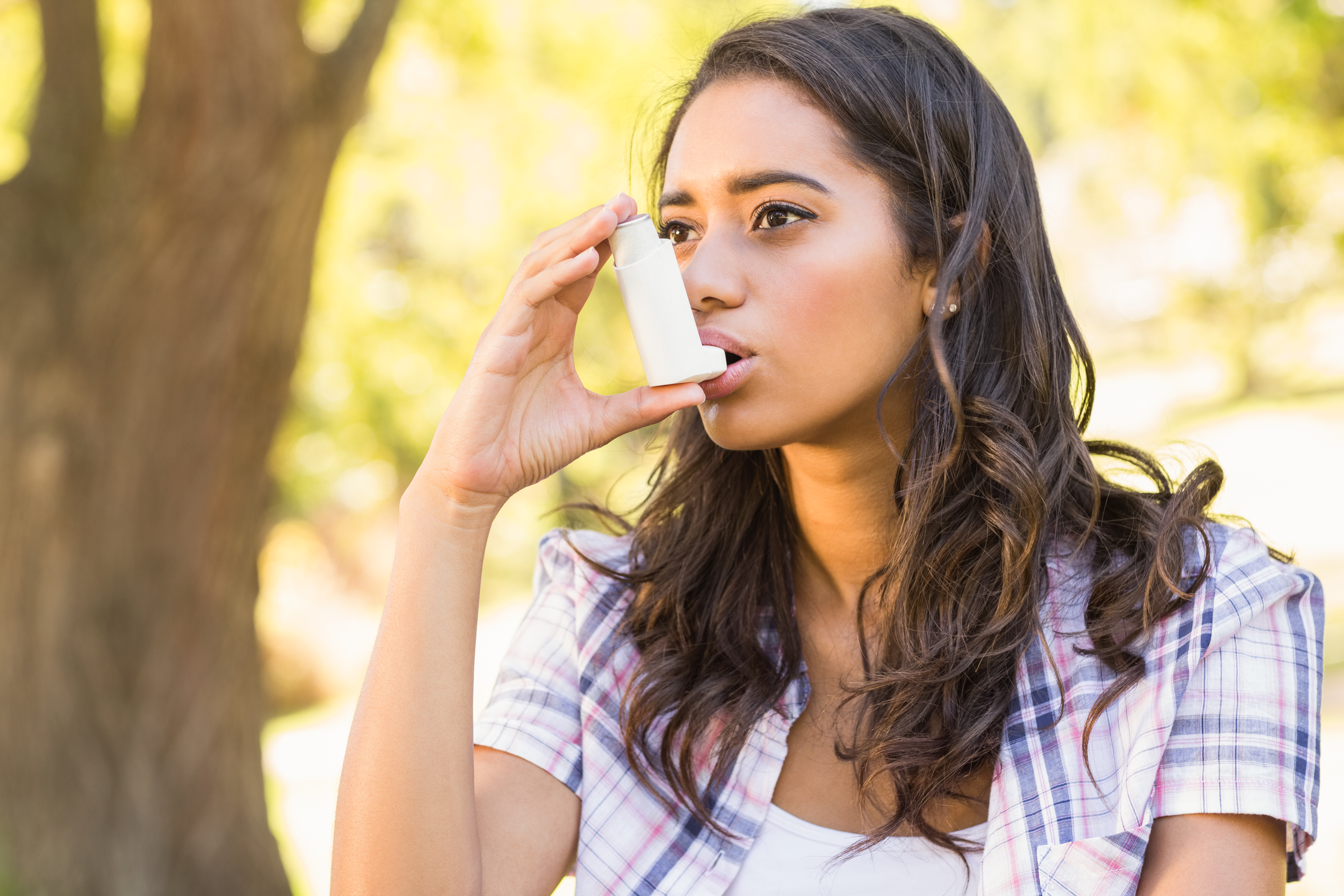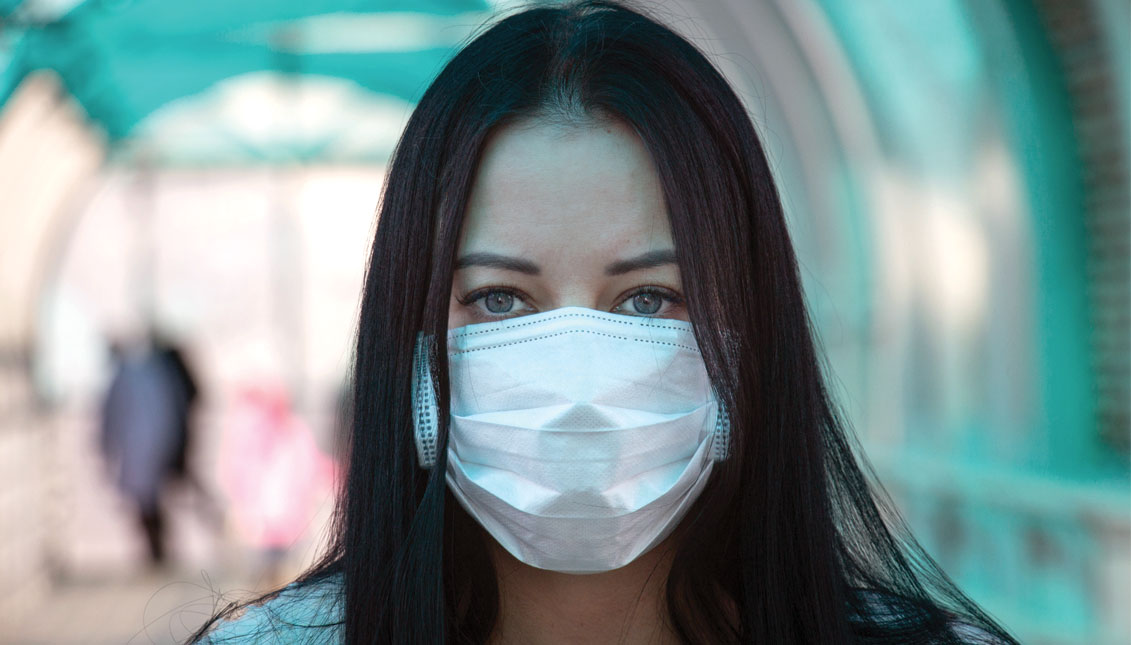
Back to school means studying up on air quality
Students, parents, and teachers alike can learn about ways to stay active but also protect against the effects of poor air quality.
Bells are ringing, pencils are sharpened, books and backpacks are still new and shiny at the start of the school year, as students throughout the region are getting into gear and leaving behind the lazy days of summer vacation.
But one thing hasn’t changed. Poor air quality days in the Greater Philadelphia region are not uncommon in September. Luckily, there are ways that students, parents, and teachers can prepare.
Back to school also means back to sports and extracurricular activities. Regular physical activity is essential for the health and fitness of children’s minds and bodies, and being able to run and play outside for a soccer game, recess, or physical education classes is an important part of children’s overall educational experience.
But in order to ensure that students can enjoy those activities in a safe way which protects them from respiratory illnesses, students, school nurses, and teachers need to take precautions and regularly monitor the air quality.
One way to do this is by regularly checking and adjusting activities based on the air quality index. It is also important to check the air quality index as part of an effective asthma management plan so parents and students know when poor air quality can be more likely to trigger asthma attacks.
The U.S. EPA issues an area specific, color-coded air quality forecast everyday, and anyone can sign-up to get free emails or texts of the air quality forecast online.
Here are some basic guidelines students and educators can follow based on the air quality index rating for that day.
RELATED CONTENT
On Code Orange Days:
- It’s OK to be active outside, especially for short activities such as recess and physical education (PE).
- For longer activities such as athletic practice, take more breaks and do less intense activities.
- Watch for symptoms and take action as needed.
On Code Red Days:
- For all outdoor activities, take more breaks and do less intense activities.
- Consider moving longer or more intense activities indoors or rescheduling them to another day or time.
- Watch for symptoms and take action as needed.
Physical activity doesn’t have to completely stop on poor air quality days. However, students and teachers should be aware of conditions and be on the look-out for symptoms of distress. If you’re looking for ideas on activities to do on poor air quality days, you can also check out the EPA activity guides, in English and Spanish.
Knowing air quality conditions can help you watch for warning signs of respiratory distress and plan physical activity for appropriate times.
Air pollution can especially make asthma symptoms worse and trigger attacks. Symptoms of asthma include coughing, wheezing, difficulty breathing, and chest tightness — and even students who do not have asthma could experience these symptoms when the air quality is poor.
If any of these symptoms occur, the student might need to take a break, do a less intense activity, stop all activity, go indoors, or use quick-relief medicine as prescribed. If symptoms don’t improve, get medical help.
With these tools and guidelines, educators, students, and parents alike can all make sure the school year starts off with a sigh of relief and plenty of breath left for asking and answering questions in class.










LEAVE A COMMENT: